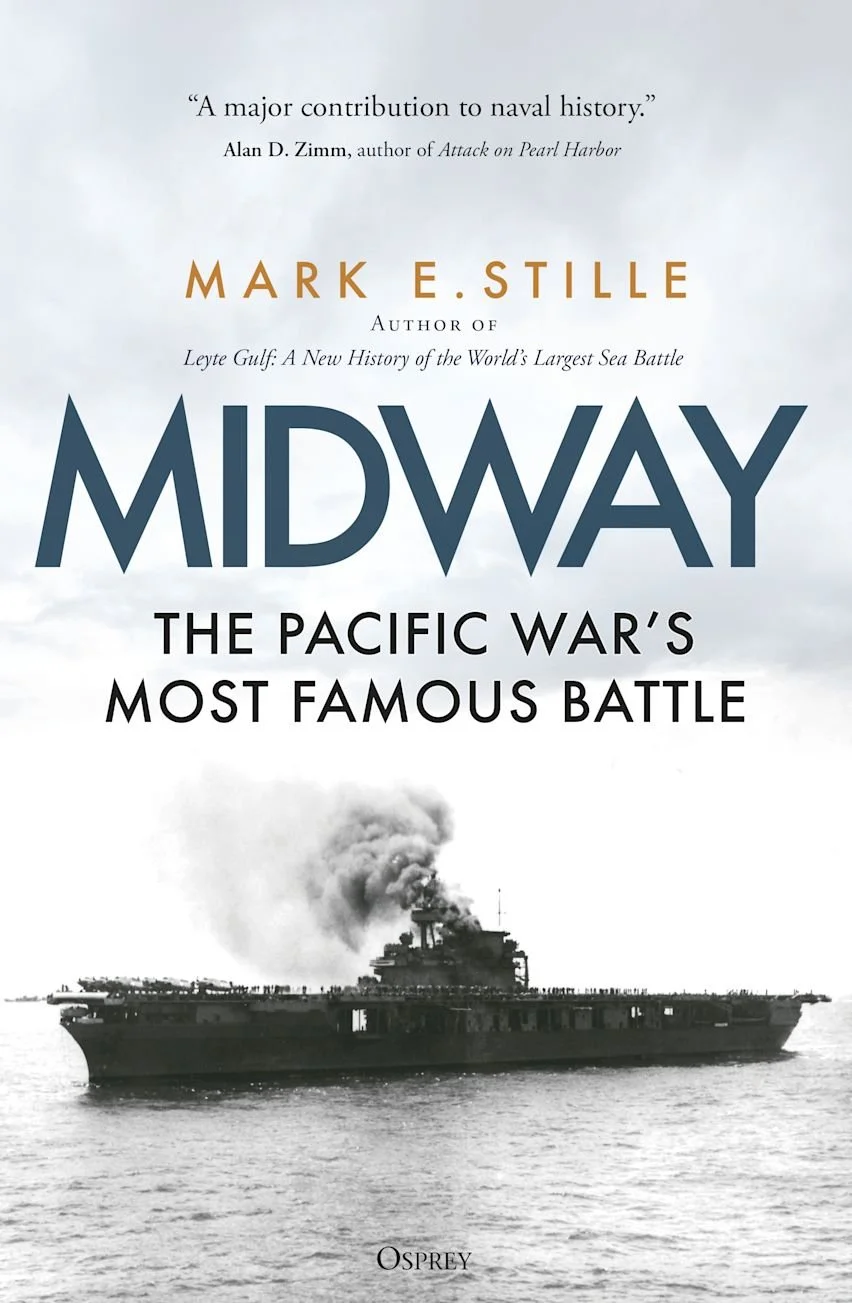World War II (1931-1945)
“The Second World War presented a mirror to the human condition which blinded anyone who looked into it.” — Norman Mailer, “The White Negro: Superficial Reflections on the Hipster” (1957)
Of the endless ocean of books on the Second World War, we have dozens and dozens of new and carefully chosen titles. I define it as beginning with the Japanese Empire’s invasion of Manchuria and ending with not only V-E and V-J Days but also the immediate crises of displaced people, the Soviet Union’s creation of the Iron Curtain, and the growing revelations of the extent of the Holocaust.
In significant ways the Second World War was the defining crucible of the 20th Century. The First World War was prelude, the legacy of the 19th Century’s imperialism, and the Cold War was the sequel. Of the making of books about it there is no end — but the persistence of good research and good writing, and good publication underscores the war’s centrality of the world we live in today and the world our descendents will live in for the foreseeable future.
Midway: The Pacific War's Most Famous Battle
Midway: The Pacific War's Most Famous Battle
A detailed re-examination of Midway, one of the most significant battles in the Pacific Theater of World War II.
In April 1942, the Combined Fleet of the Imperial Japanese Navy was at the zenith of its power. It had struck a severe blow against the US Navy at Pearl Harbor in December 1941, before spearheading the Japanese advance through Southeast Asia and rampaging across the South Pacific. Only a few months later, in June 1942, the US Navy managed to inflict a decisive defeat on this mighty force off Midway Atoll and the strategic initiative in the Pacific Theater passed to the US Navy.
Midway is the most famous naval battle of the Pacific War, and one of the most mythologized. The traditional view of the battle, popularized in its immediate aftermath and surviving through to the present day, is of a heavily outnumbered American force snatching victory in the face of overwhelming odds. This view is simplistic and, in many respects, wrong.
Pacific War expert Mark Stille provides a detailed analysis of this pivotal battle, and argues that Midway was neither a miraculous American victory, nor a product of good fortune, but that the plans, personalities, doctrines, ships and weapons of the two sides meant that a Japanese defeat was the more likely outcome. This new study provides an unparalleled level of insight and thorough analysis into one of the decisive moments of the Pacific War.

